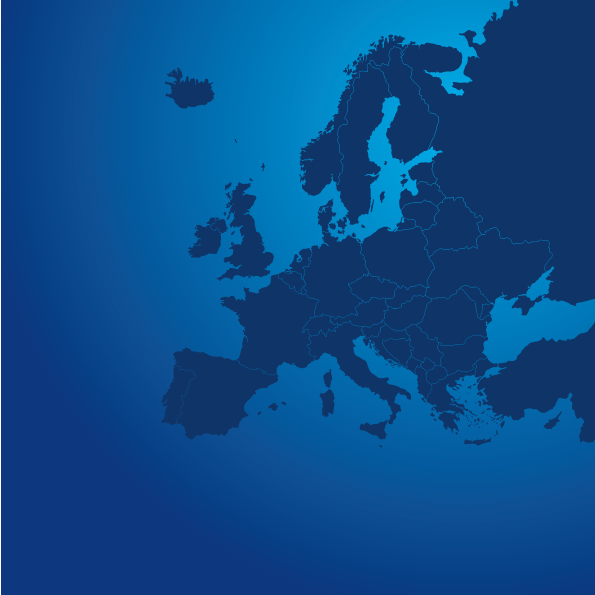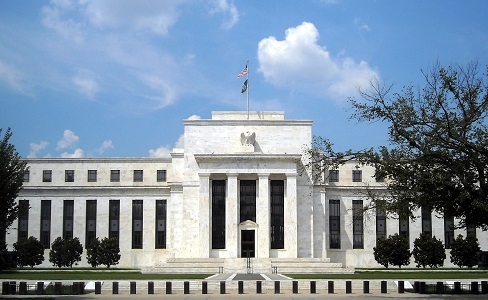T2S savings remain elusive

The next major milestone in harmonising securities settlement in Europe – the migration of Euroclear CSDs – is reportedly going very well. But the ultimate returns from the colossal investment are far less certain.
The migration of Euroclear Settlement of Euronext-zone Securities (ESES) to the Target2-Securities (T2S) platform, originally scheduled for wave two in March 2016, is in the testing phase with the revised September date is all but ensured.
“The main driver for rescheduling Euroclear was the difficulty of meeting the strict timelines, but the goal lines in September seem to be secure given that Euroclear has been able to deliver each incremental lot for client community testing according to plan,” says Ronny Cosijns, a partner of Capco.
“In lot 3, which includes for example money market funds, warrants and registered securities, five different functions are currently being tested – core settlement, end of day reconciliations and statements as well as corporate actions for cash and securities.”
Apart from the Euroclear delay, the project’s implementation has been relatively smooth. The Portuguese and Belgian CSDs Interbolsa and NBB-SSS were successfully migrated in March, and wave three will bring much-anticipated volume.
Settlement prices
However, concern is rising that lower settlement prices will not materialise. “The aim was to reduce settlement prices in Europe but what we’re seeing in practice makes this less likely,” says Alan Cameron, head of relationship management – international banks and brokers at BNP Paribas Securities Services.
“If the CSDs reduce settlement fees and at the same time increase their asset servicing fees then we will not have achieved much. At the core of T2S is a system with high fixed costs so to reduce the costs per transaction the throughput has to be increased.”
Much has happened since T2S was dreamed up before the financial crisis. Transaction volumes are still lower than predicted – at the time the market thought volumes would continue to grow.
“The CSDs choose how they price – they remain a monopoly where they are acting as an issuer CSD while their settlement services are becoming part of a quasi-competitive world,” adds Cameron. “Some CSDs are keen to modify their client base so how they choose to price their services is important, as monopolies can dictate their price.”
Italy is proving a test case in respect of pricing. Some Italian firms took the direct connected participants (DCP) route because they thought they would enjoy beneficial rates – but not all the savings have materialised as expected. One stumbling block is that the DCPs are serviced by their CSDs rather than having a direct contract with their T2S operator, and this puts them in a uniquely difficult situation.
Fee review
The ECB has let it be known that only when all 23 CSDs have joined the platform in September 2017 will it review volumes and investment costs and decide whether to revise the existing fee structure.
“CSDs are well aware there has been no commitment that the fees will stay the same, and the whole industry is facing up to this uncertainty,” adds Capco’s Cosijns. “Implementation has been very successful – I haven’t seen many new projects of this scale able to stick to the timeline – but the delays in Italy with the CSDs connecting to T2S has had a significant impact on costs in terms of acquiring the necessary revenues and the subsequent cost of migrating.”
“Firms will follow certain models, which will leave gaps that other firms will come in to fill, offering different services,” says Andrew Simpson, head of post trade at Euronext. “We think it will deliver a shakeup of the industry.”
However, he is optimistic that the result will be “a more competitive environment where some firms take a new approach to servicing clients (and) then we will see a decrease in overall costs and, at the same time, there will be increasing volumes”.
Some CSDs will offer boutique services in local domestic markets. “It is not so much that they will come up with new products and services but that they may focus on one area such as issuance, custody or asset servicing,” he adds. “We could get into an environment where local CSDs can offer dedicated services using their local knowledge of tax and so on.”
Transaction growth is also likely to come from Eurobonds and other products as well as additional currencies and perhaps even from a rethink by the UK. Funds, however, lend themselves less well to T2S as in some countries funds use CSDs and in others they use transfer agents – but organisations in Europe and Luxembourg are nonetheless looking at improving harmonisation.
Found this useful?
Take a complimentary trial of the FOW Marketing Intelligence Platform – the comprehensive source of news and analysis across the buy- and sell- side.
Gain access to:
- A single source of in-depth news, insight and analysis across Asset Management, Securities Finance, Custody, Fund Services and Derivatives
- Our interactive database, optimized to enable you to summarise data and build graphs outlining market activity
- Exclusive whitepapers, supplements and industry analysis curated and published by Futures & Options World
- Breaking news, daily and weekly alerts on the markets most relevant to you




